Glossary of Fly line Terms
As with every hobby there are specialist terms to describe the hobby and the items used. Fly fishing has lots of specialist terms that are used to describe it, check our full glossary of fly fishing terms here or see the terms specifically used in relation to flylines below.
Backing: The first segment of line on a fly reel is backling line, depending on the size of the reel and it may have little or lots of backing line, usually braided and used to build up the arbor and to offer additional distance for a strong fish to pull out line. An unusually strong fish will take you "into your backing".
Belly: A tapered flyline has several components, with a fairly sharply tapered tip (at the fly end). The middle portion of the line is called the belly.
Braided loop connector: A way of putting an in-line loop at the end of your flyline so as to use the loop on the leader to do a loop-to-loop connection between the leader and the flyline. The braided loop connector works like the so-called Chinese finger torture devices.
Cast: (1) the action of propelling a flyline onto the water or (2) the leader and flies
Floating Flyline (F): a flyline where the entire line floats is called a Floating Flyline; we consider this frequently our best all round flyline (see double taper, level, shooting head, weight forward).
Floatant: A water-proofing (usually oily) salve or cream that is used to help flies, leaders and flylines float is called a Floatant.
Flyline: A Flyline is used for fly fishing, originally of silk but currently made of a plastic coating over a braided line core. Flylines are commonly 1.5 to 2 mm in diameter. The plastic coating gives the line weight and is commonly distributed unevenly to make the line easier to cast. A weight forward line, for example, has a greater plastic thickness near the forward (or fly) end of the line. Flylines are not particularly long, generally not exceeding 30 meters. They can come in different types, weight forward, double taper. Flylines are rated in different weights, from 1 to 11, referring to the weight of the first 30 feet of the flyline.
Fly reel: A special Fly reel or Fly fishing reel with fairly simple mechanics (compared to spinning or bait casting fishing reels). The fly reel is designed to hold large diameter flyline. A fly reel is relatively light and attaches below the handle on a fly rod. More sophisticated fly reels have a drag system that creates resistance to the rapid pulling off of line by a fish.
Forward Taper: a profile of flylines.
Haul: A pull on the flyline with the non-casting hand to increase the line speed and get greater distance. This is done effectively during line pickupAn action associated with fly casting whereby the line speed is increased with an extra pull during line pickup, or back casting. Also see double haul.
Line dressing: An old term carried over from the days of silk flylines referring to the oily substances applied to clean and increase buoyancy. Modern flylines generally only need to be cleaned with warmwater and soap although coatings with Mucilin often aids floating ability
Line weight: The weight of a flyline, it is used as a way to standardize flylines in matching them to fly rods of differing stiffness. Line weighting is not a linear numbering system; the first 30 feet of a #6 weight line 160 grains while the first 30 feet of a #3 weight line is 100 grains.
Loop to loop: A way to connect a flyline and a leader by making a loop at the end of the leader (perfection loop knot) and a loop attached to the end of the flyline. Loop to loop connections are sometimes made from a leader to a tippet.
Mend or Mending the Line: Throwing an upstream curve into your flyline as it floats down the stream to avoid having water currents pull on it and cause unnatural movement of your fly (unnatural drift or line drag). Fish and especially trout are exquisitely sensitive to (and turned off by) movement of a insect that moves at a different rate or in a different direction than the current.
Nail Knot: method used to attach a leader or butt section of monofilament to the flyline, and of attaching the backing to the flyline; most commonly tied using a small diameter tube rather than a nail.
Narrow Loop: term that describes what the flyline should look like as it travels through the air; a narrow loop can best be described as the letter "U" turned on its side; it is formed by using a narrow casting arc.
Needle Nail Knot: same as the nail knot except that the leader or backing is run up through the centre of the flyline for 3/16 to 3/8 inch, then out through the side of the flyline before the nail knot is tied; this allows the backing or the leader to come out the centre of the flyline rather than along the side of it as in the nail knot.
Open Loop: term used to describe what the flyline looks like as it travels through the air during a poor cast; caused by a very wide casting arc.
Running Line: a thin line attached to the back of a shooting taper (shooting head) flyline. May be 20 to 30 pound monofilament, braided nylon, narrow floating or sinking line, or other material. Usually 100 feet in length, it allows the fly fisherman to quickly change the type of flyline being used by interchanging only the head section.
Shooting head: Part of a special flyline used for long distance casting. The shooting head is a heavy section of line attached to a thin running line (made of monofilament, Dacron or fine flyline). The Shooting head has almost all of the weight of a normal line, but obviously is it almost totally concentrated in that first 30 feet. Shooting heads are used for making long casts in fly fishing.
Shooting line: The process of extending the length of your fly cast by releasing an extra length of flyline (usually held in your rod hand) during the forward/presentation part of the cast. This technique allows a fly angler to false cast a shorter segment of line and then only at the time of the final forward cast to bring a longer segment of line into play.
Shooting Taper (ST) or Shooting Head: a short single tapered flyline, 30-38 feet long; shooting heads are designed for longest casts with minimum effort; shooting heads allow quick change of line types (floating, sinking, sink-tip) through quickly interchanging head sections; shooting heads are most commonly used with salmon fly fishing, steelhead, saltwater fly fishing.
Sink Rate: the speed at which a sinking flyline sinks; there are different sink rates for flylines, from very slow to extremely fast.
Sink Tip: A flyline that has both a floating segment (say the first 95 feet) and a sinking section (the last 10 feet). This style of line is used for underwater presentation of flies in fast water or in some still water fishing situations. These are also called Midge Tips.
Sinking Flyline (S): a sinking flyline is a line in which the entire length of the line sinks beneath the surface of the water.
Spey: A particular casting technique using special two-handed fly rods and a modified roll cast. It is named after the river in Scotland where it was developed. Spey lines have been developed specifically for this casting technique.
Tag (Tag End): the end of the line that is used to tie a knot.
Tippet:The terminal segment of monofilament tied on the end of a leader and connected to the fly.
Turn Over: words that describe how the flyline and leader straighten out at the completion of the cast.
Weight forward: A type of flyline with most of its weight in the first thirty feet of line is described as weight forward flyline, these are often annotated as WF7 meaning weight forward 7 weight. The large section of this type of line is called the line belly, with a long tapering of the line toward the front and a short tapering of it back to a thinner running line.







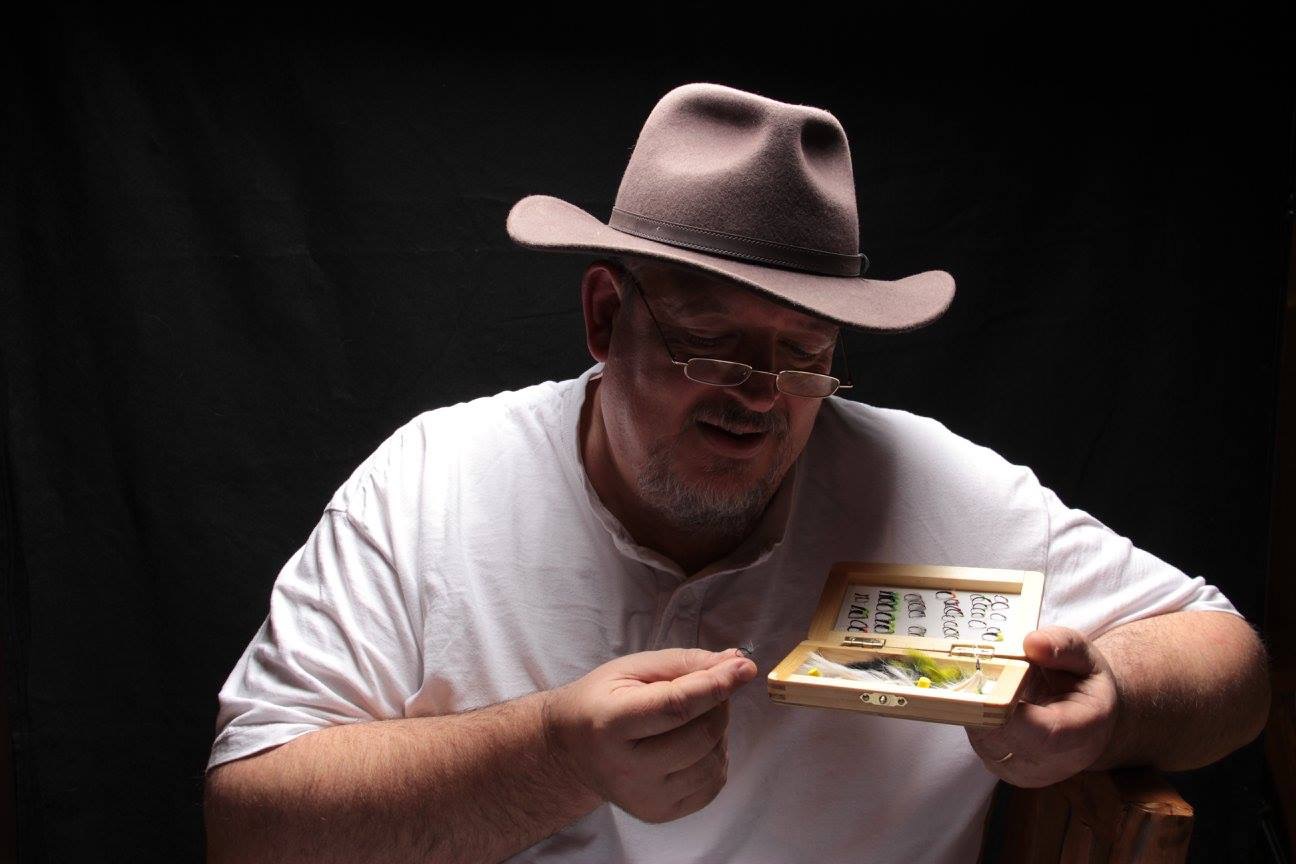
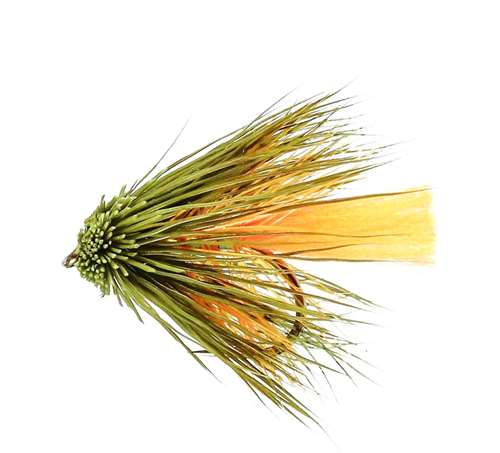
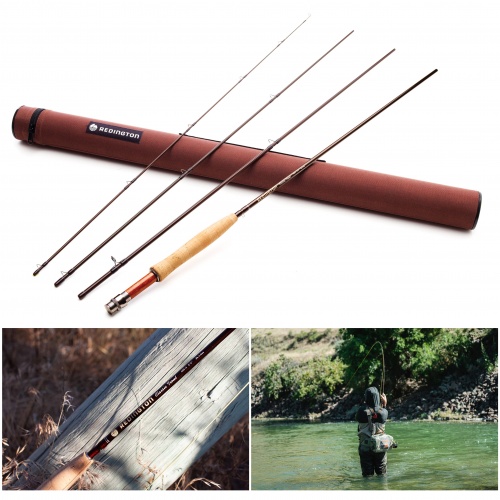
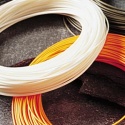

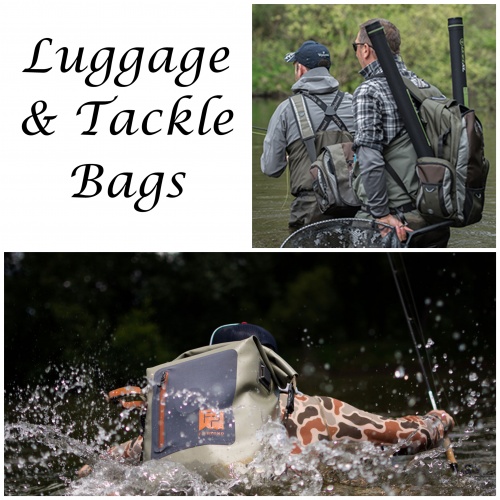

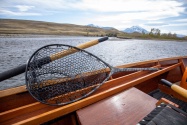
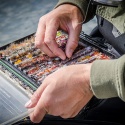

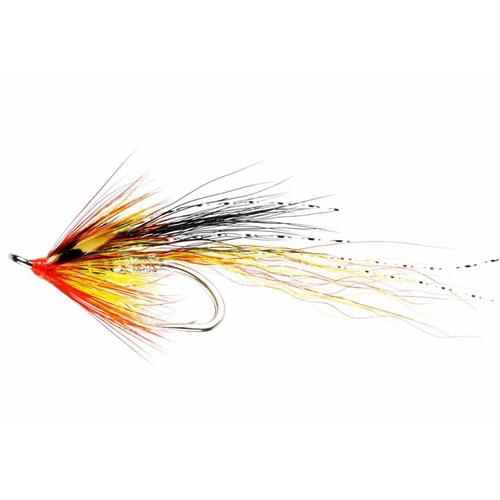


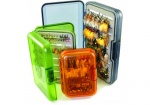



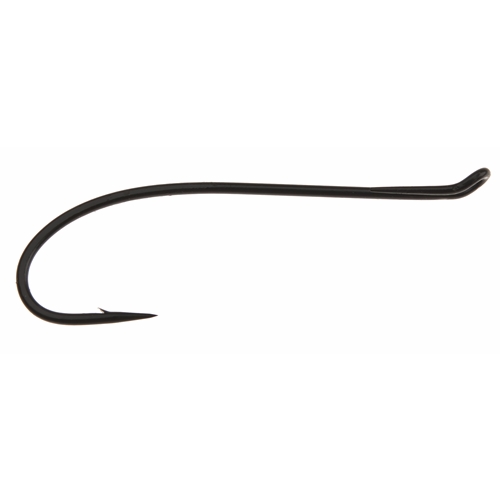
Only a snippet of what needs to be learned on this sport!